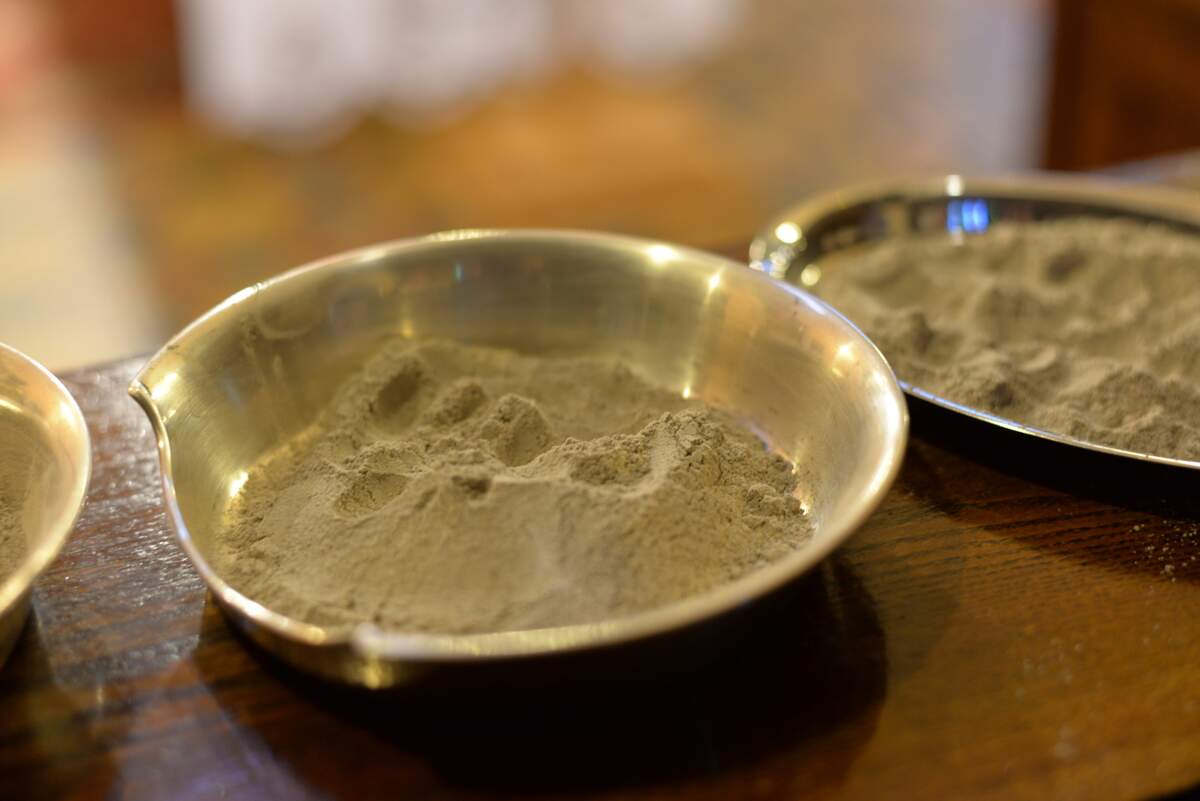

Ash Wednesday
Ash Wednesday is the first day of Lent, observed in many Western Christian denominations. It takes place forty-six days before Easter, and may take place anytime between February 4 and March 10. Depending on denomination, it is observed with religious services, a ritual with ashes, and fasting.
In ancient times, ashes were used to express grief. The sprinkling of ashes on heads takes place in numerous places in the Bible. Christians continued the tradition as a sign of repentance. Christians in Western Europe were receiving ashes on the first day of Lent by the tenth century, although not yet in the Catholic Church. In 1091, the Catholic Church joined the ritual, after Pope Urban II ordered ashes should be given in Rome. The day soon came to be called Ash Wednesday. Some denominations stopped giving out ashes after the Reformation, sometime around 1600, but still observed Ash Wednesday as the first day of Lent.
In the Catholic Church, local customs dictate how ashes are to be placed on the head, and there is no set rule. Originally, ashes were placed on men's heads, while being placed on the foreheads of women, because women covered their heads while in church. The pope traditionally takes part in a procession from the Church of Saint Anselm to the Basilica of Santa Sabina, where ashes are sprinkled on his head, and he sprinkles them on the heads of others. In Catholic churches around the world, the priest blesses ashes during Mass, and places them on the heads of those present. He then says the words, "Repent, and believe in the Gospel," or "Remember that you are dust, and to dust you shall return." This is a "solemn rite." Outside of the church a similar "simple rite" may take place. Only a priest or deacon can bless ashes, but laypeople can put them on the heads of others. Laypeople may take leftover ashes to place on people that were unable to attend services. People who attended services may also take them home to put on the heads of family members. In the Catholic Church, people who are not members are still able to participate.
In the Church of England, ashes are blessed, the priest marks his forehead, and then the foreheads of the congregation. Congregants come up to kneel to receive the ashes, at a place where they usually would receive the sacrament. The marking of the forehead instead of the sprinkling of ashes is the norm of English speaking countries, and some leave the ashes on all day. Some denominations require the ashes be from palm branches from the Palm Sunday of the previous year, but many do not. Since 2007, some denominations have taken part in "Ashes to Go" programs, where clergy go to public places to give out ashes to people.
According to the Gospels of Matthew, Mark, and Luke, Jesus spent forty days fasting in the desert. Lent was created to reflect this, and that is why it became a time of fasting. Each Sunday between Lent and Easter is looked at as a commemoration of the resurrection, so there was no fasting at that time; but, Christians fasted the other six days of the week leading up to Easter, for a total of forty days. Thus, in some denominations today, Ash Wednesday is a day of fasting.
How to Observe Ash Wednesday
Observe the day by going to a religious service to mark the beginning of Lent. Some churches sprinkle ashes on heads, or place them on foreheads, and you may take part in this. You may also observe the day by fasting.





















